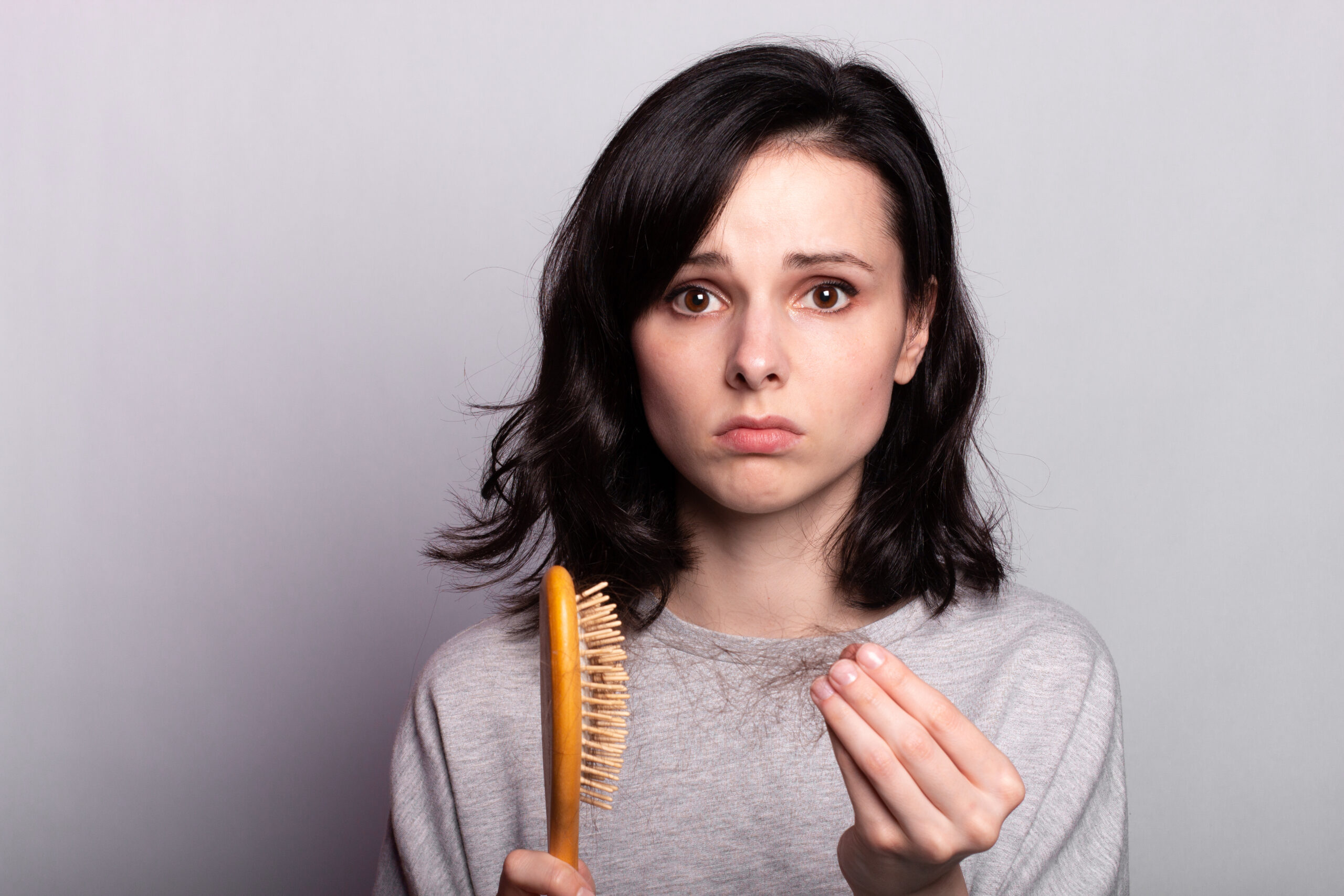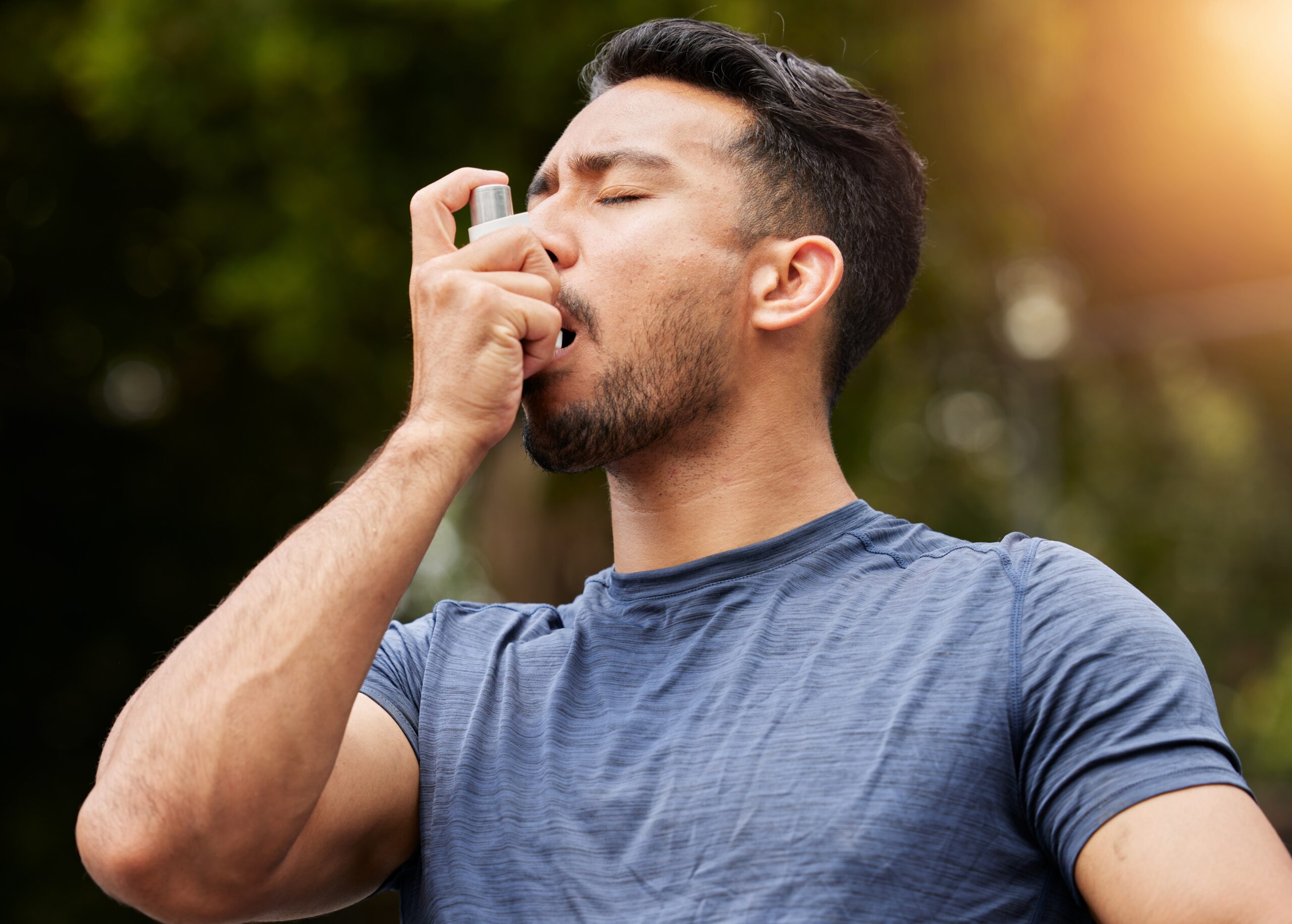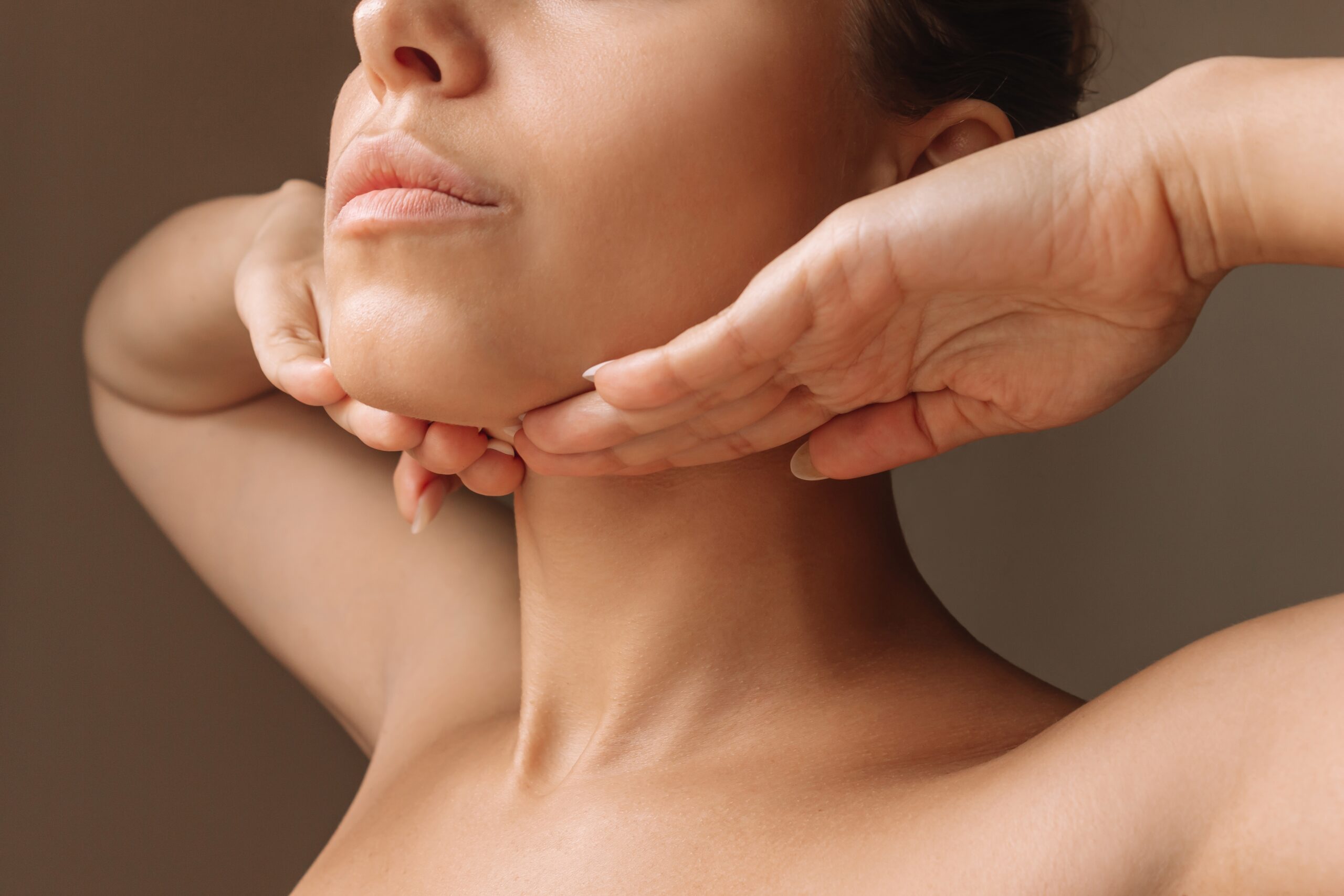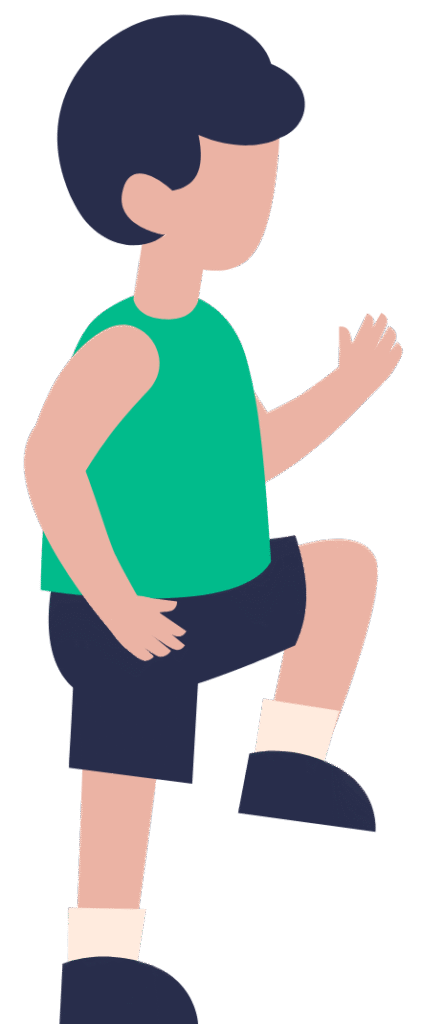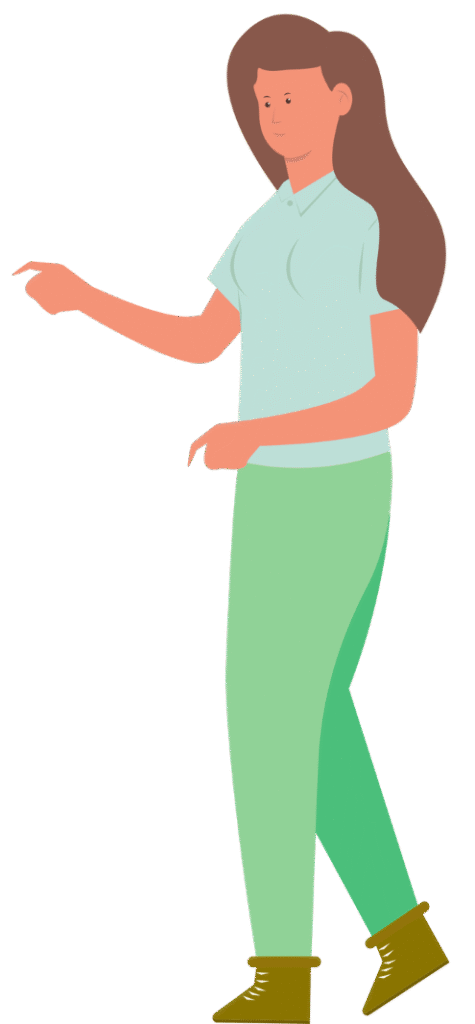Half of women over 40 will face hair loss by midlife, but the real shocker? Stress, hormones, and your favorite snack foods might be leading the charge—not just Father Time.
At a Glance
- By age 50, nearly half of women experience some level of hair thinning or loss.
- Stress and hormonal changes are leading culprits, making women 11 times more likely to see hair fall when under pressure.
- The hair loss industry, once laser-focused on men, is finally catering—slowly—to female needs.
- Psychological effects are profound: a third of women with hair loss report depression symptoms and a longing for thicker hair.
The True Roots of Female Hair Loss: Beyond the Mirror
Imagine waking up, running your fingers through your hair, and seeing more strands than usual on your pillow. For millions of women inching toward midlife, this isn’t a rare horror—it’s a daily reality. Female pattern hair loss, or androgenetic alopecia, is the main villain, quietly beginning its work as early as the 20s or 30s. By the time candles on your 50th birthday cake threaten to set off the smoke alarm, up to half of women notice their once-crowded scalp is looking sparse. Yet, for decades, hair loss was dismissed as a “guy thing,” leaving women in the shadows—sometimes literally, under hats.
Harvard just cracked the code to hair regeneration:
By 35, over 60% of men and 40% of women experience hair thinning.
But fortunately, scientists discovered 5 protocols that fixes this.
Here’s the protocol to train your scalp for thicker, stronger hair: ???? pic.twitter.com/pGn4qXtU1X
— health_booster (@healthh_booster) June 20, 2025
The hair loss industry followed suit, devoting more than 60% of its resources to men, while women’s concerns were treated like background noise. Only recently has the tide turned, with destigmatization campaigns and wellness brands finally realizing the female market is not only real, but massive. The global hair loss industry is projected to balloon to $88 billion by 2030, with women driving much of that growth. The message is clear: hair loss is not just a male problem, and the days of one-size-fits-all solutions are numbered.
Watch: FEMALE HAIR LOSS | GENETICS AND DHT EXPLAINED
Why Stress, Hormones, and Nutrition Make Women’s Hair Fall Out
What’s behind this midlife follicular mutiny? Stress, hormones, and nutrition—an unholy trinity that can sabotage even the healthiest scalp. Studies show women with high stress are up to 11 times more likely to experience hair loss. The hormonal rollercoaster of life—think pregnancy, perimenopause, and menopause—throws hair follicles into confusion, slowing down growth and speeding up shedding. After menopause, about half of women notice their hair thinning, with the rate accelerating in the decades that follow.
Nutritional gaps are the silent saboteur. Deficiencies in iron, vitamin D, and protein are all linked to weaker, slower-growing hair. Crash diets and restrictive eating can cause the body to triage its energy, shunting nutrients away from your scalp to more “critical” organs. The result? Your hairline quietly recedes while your body gets on with survival. The good news: identifying and addressing these root causes—stress management, hormonal support, and nutrition—can slow or even reverse the trend for many women.
The Emotional Price Tag of Thinning Hair
Hair loss isn’t just a cosmetic concern. Nearly a third of women suffering from thinning hair report symptoms of depression, while 43% would trade just about anything for a fuller mane. The emotional fallout can be staggering, especially in a culture that equates thick hair with youth, vitality, and femininity. Dermatologists and psychologists alike are sounding the alarm: hair loss can erode self-esteem, trigger social withdrawal, and undermine quality of life.
The beauty industry has responded with a flood of concealing sprays, hairpieces, and thickening shampoos, but these are often Band-Aids for a deeper wound. Mental health professionals are advocating for a holistic approach—one that recognizes the profound psychological impact of hair loss and prioritizes emotional well-being alongside medical or cosmetic interventions. There’s a growing recognition that hair loss treatment isn’t just about what’s on your head, but what’s in your head, too.
What’s Next: New Hope, New Solutions, and the End of Stigma
With hair loss in women now out of the shadows, research is finally catching up. The market is shifting, with more companies investing in female-focused supplements, medications, and diagnostics. Medical experts are calling for early intervention and multidisciplinary care, from blood work to nutrition counseling to stress reduction strategies. As awareness grows, the social stigma is fading—and with it, the isolation many women once felt.


